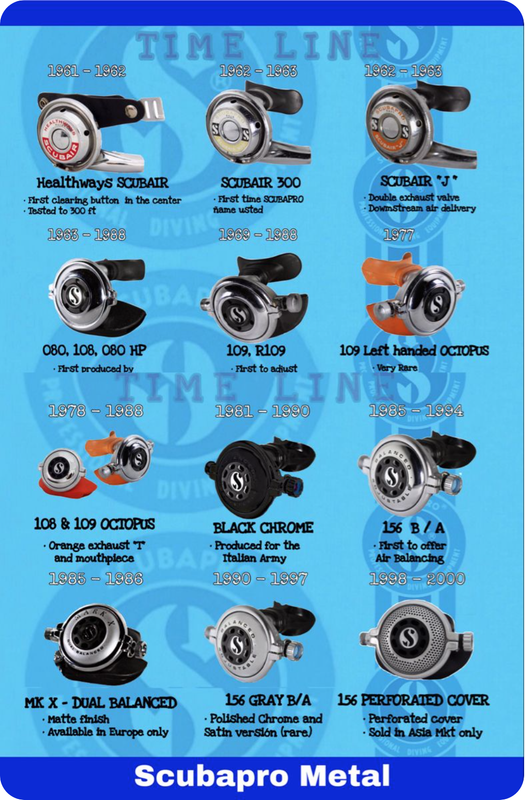Andrew Dawson
Contributor
It was a tongue-in-cheek comment...aka a joke. The tec instructors I have worked with...most rave about the Poseidon regs...and I agree considering their proven performance record. The comment I made was directly as a comment about how R Singler had an old Poseidon 1st stage that had excellent performance. Anyway, thanks for the extra info!
That many of those decades-old regulators are still being used, not relegated to paperweights as so many brands have, is simply a testament to their quality and longevity, not a reflection on their newer equipment.
I have owned and / or serviced every single-hose model, dating from the 1960s-on; and advancements have certainly been made, since -- including their more recent closed-circuit equipment. I wouldn't think twice about diving on any of their regulators, made since the moon-landing; or, one manufactured in the last year.
My day-to-day gear typically involves newer XStream first stages, coupled with either Jetstream, Atmosphere (FFM), Cyklon, or XStream second stages -- paired with stage or pony bottles, fitted with decades-old Cyklon 300s.
There is over a forty year difference between the first stages, below. Neither, new or old, have ever missed a beat -- whether under ice in the Northeast; or under the worker's paradise that is Oakland Harbor . .




